Three years ago, when Comet Lake processors came out – the very last of several Skylake architecture refreshes produced in the troubled 14nm era – Intel tried to boost it with cryogenic cooling technology, or rather cooling with an auxiliary thermoelectric element that lowered the temperature of the “coldplate”, cooling the processor below the ambient temperature. This technology is now yet another activity that Intel has cut back on. Read more “Intel discontinues Cryo Cooling Technology, ends the app updates”
Author: Jan Olšan
End of Polaris and Vega GPU support: AMD provides a redux driver
Recently, it has been reported that AMD may be preparing to discontinue driver support for older Radeon graphics cards with Polaris and Vega architectures (pre-RDNA cards based on GCN lineage). AMD has now released the first new version of drivers for these graphics cards in two months, so it seems that the full end of updates for them is not yet here, but at the same time it is confirmed that support for them is moving to the back burner. Read more “End of Polaris and Vega GPU support: AMD provides a redux driver”
Big.LITTLE Ryzen out officially: Phoenix 2 APU with Zen 4c cores
In the summer, we reported that AMD started using Zen 4c cores in its Ryzen 7000 laptop processors. AMD appeared to use a new die with small (or compact) Zen 4c cores known as Phoenix 2 or unofficially Little Phoenix to make four and six-core models, alongside the standard versions based on a stripped-down Phoenix chip containing eight big Zen 4 cores. But the release of these APUs has been officially announced by AMD only now. Read more “Big.LITTLE Ryzen out officially: Phoenix 2 APU with Zen 4c cores”
GeForce RTX 4000 “Super” GPUs specs leak: shader core counts
Recently, leaks have started to emerge about the new refreshed GeForce RTX 4000 graphics card models that Nvidia is apparently preparing for release next year. Previous reports have talked about Nvidia intending to use larger, more expensive chips for these, which could provide more memory capacity. But now, reports are coming in that cast doubts on this, saying that the GeForce RTX 4080 Super will stay at 16GB. Read more “GeForce RTX 4000 “Super” GPUs specs leak: shader core counts”
AMD Pro 695 chipset: 2S Threadripper boards, or just a mistake?
A week ago, AMD unveiled its most powerful CPUs, the HEDT and workstation Threadripper and Threadripper Pro 7000. Two platforms with WRX90 and TRX50 chipsets were also released with them, but it looks like there could be a third type of boards for these CPUs, with a chipset labelled Pro 695. What it’s supposed to be, however, is very unclear. Or perhaps, on the contrary, seemingly clear but contradictory on closer inspection. Read more “AMD Pro 695 chipset: 2S Threadripper boards, or just a mistake?”
Nvidia RTX Video Super Resolution 1.5: For GeForce RTX 2000 too
Earlier this year, Nvidia released an upscaler that uses its GPUs for video on websites like YouTube and such. The filter uses similar AI technology to the used in DLSS 2.x (albeit with limitations), and thus requires a GPU with tensor cores. But only the newer GeForce RTX 3000 and 4000 generations were supported initially. But now Nvidia is releasing version 1.5 for older Turing cards as well. And it also has other improvements. Read more “Nvidia RTX Video Super Resolution 1.5: For GeForce RTX 2000 too”
After SSDs, RAM prices are going up too, particularly DDR5
A month ago, we published a report here that prices of SSDs (or NAND memory, which is their main component) have stopped their previous price fall and instead, their prices have started to climb up. Unfortunately, it seems that we have to follow with the news that the the pricing of the second key type of memory for computers, which is DRAM, is taking a turn for the worse as well and DDR5 and DDR4 modules will get more expensive too. Read more “After SSDs, RAM prices are going up too, particularly DDR5”
14th generation Core is here. Intel calls i9-14900K the fastest CPU
Intel didn’t unveil the new Raptor Lake Refresh or 14th-generation Core desktop processors at September’s Intel InnovatiOn conference, as we expected (they only made a very marginal appearance). But now this new generation of CPUs for the LGA 1700 platform has been officially announced: we have the final specs and suggested prices for the six K/KF series models that are now going on sale. They should be in stores from today. Read more “14th generation Core is here. Intel calls i9-14900K the fastest CPU”
Why want a GeForce RTX 4000? Nvidia DLSS 3.5 technology analysis
In this article, we’ll take a look at some of the exclusive technologies that Nvidia GeForce RTX 4000 generation graphics cards can provide. We are going to explain the most significant new features currently supported by the GeForce graphics card ecosystem and perform tests showing how they affect performance in Cyberpunk 2077 with the new Phantom Liberty expansion. And we’ll also take a look at what they’re doing to image quality. Read more “Why want a GeForce RTX 4000? Nvidia DLSS 3.5 technology analysis”
First games with FSR 3 are out, AMD released AFMF preview driver
A month ago, AMD announced the arrival of FSR 3, or FidelityFX Super Resolution 3, a technology that adds interpolation-based frame generation to FSR, analogous to Nvidia’s DLSS 3. The feature had its public launch last weekend as FSR 3 was patched into the first two games. Fluid Motion Frames, which doubles the frame rate via drivers even when the game doesn’t directly support it, is now also available for testing. Read more “First games with FSR 3 are out, AMD released AFMF preview driver”
Intel plans: 2nm processors next year, 1.8nm Panther Lake in 2025
Intel took a symbolic “step into the future” by unveiling Meteor Lake processors now, for the first time using TSMC-manufactured silicon as well as advanced chiplet design with 3D Foveros technology. Meteor Lake will come out at the end of the year, but Intel has also revealed a roadmap of processors for PCs and laptops, showing what will come after it. Three new generations or families of “lake” processors are coming in 2024 and 2025. Read more “Intel plans: 2nm processors next year, 1.8nm Panther Lake in 2025”
Intel unveils Meteor Lake processors: 4nm, tiles, Xe LPG graphics
Meteor Lake is Intel’s first processor manufactured on in-house 4nm node, an important milestone. It is also, paradoxically, Intel’s first processor manufactured at TSMC, as many of its parts are outsourced in this way – a milestone too. This is the first mainstream Intel processor to use chiplets (or tiles) and advanced 3D packaging. It’s almost and extra beyond that, that there are new CPU cores, new GPU, and a new NPU for AI acceleration. Read more “Intel unveils Meteor Lake processors: 4nm, tiles, Xe LPG graphics”
AMD launches Epyc 8004: lower-cost, lower-power SP6 platform
This year, AMD has already released the Epyc 9004 “Genoa”, a 96-core server version of the Zen 4 architecture and even the HPC Genoa-X models equipped with 3D V-Cache. Now they are joined by a separate family – processors codenamed Siena, which are specifically designed for lower power draw and lower cost. They have their own SP6 platform with six-channel memory controller (so the boards should cost less too) and TDPs starting from 70W. Read more “AMD launches Epyc 8004: lower-cost, lower-power SP6 platform”
The days of SSDs getting cheaper are over. Prices are starting to rise
SSDs have been steadily getting cheaper for a long time now, often to prices undreamed of a few years ago. This was due to a slump in PC demand, which left the NAND Flash memory market oversupplied. Beware, however, this price drop seems to have bottomed out and prices are expected to start going up from autumn, or at best stay flat. So the time fo any storage upgrades may be now as SSDs may get more expensive in the coming months. Read more “The days of SSDs getting cheaper are over. Prices are starting to rise”
Nvidia Blackwell adds IPC instead of cores. Up to 70% faster?
The waiting for the next generation of Nvidia graphics cards will probably take a bit longer this time around, as Nvidia plans them for 2025 instead of fall 2024 according to the official roadmap. Still, information is starting to emerge about these upcoming GPUs that will bring the Blackwell architecture to both compute and gaming segment. And there are even first projections estimating the performance uplift over current GeForce GPUs. Read more “Nvidia Blackwell adds IPC instead of cores. Up to 70% faster?”





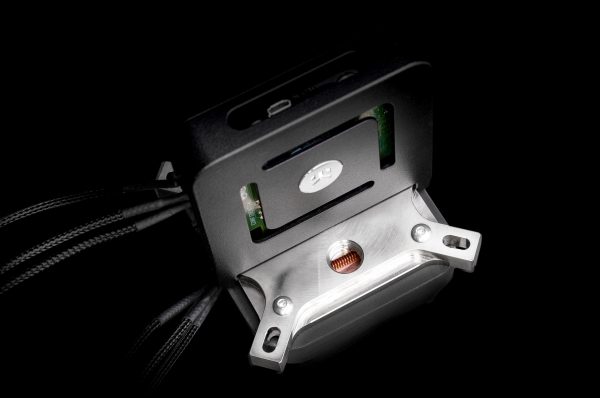
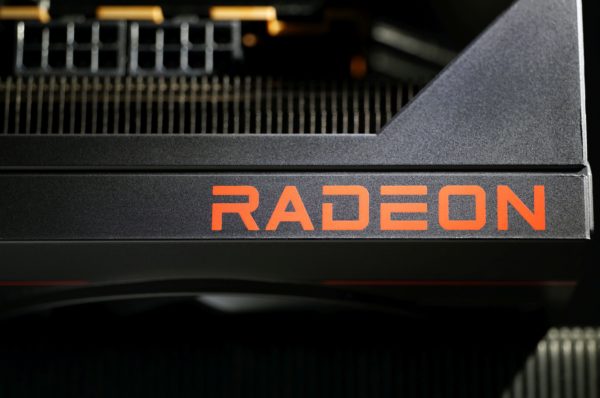
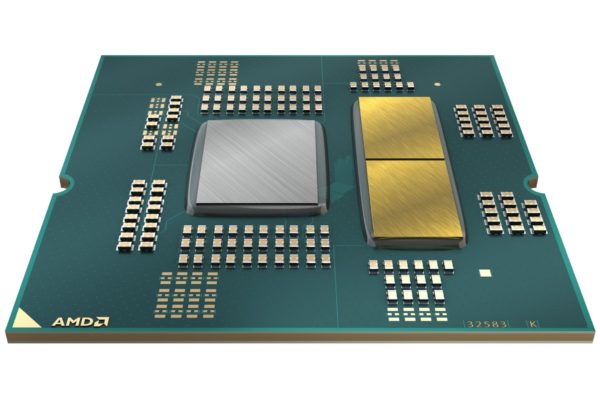

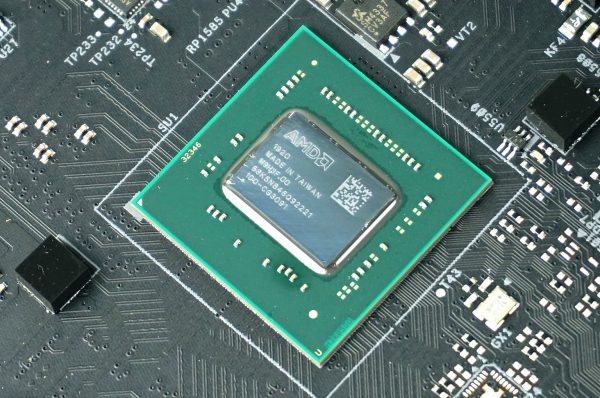
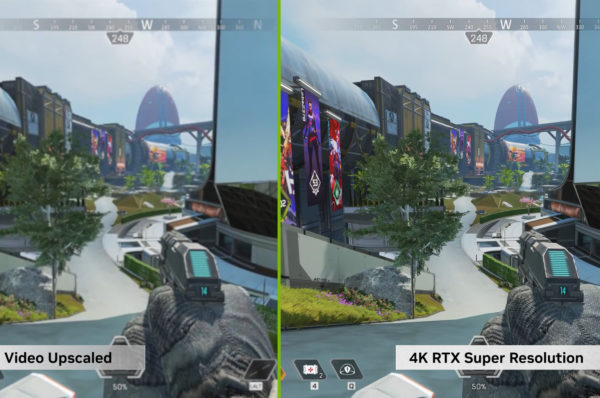
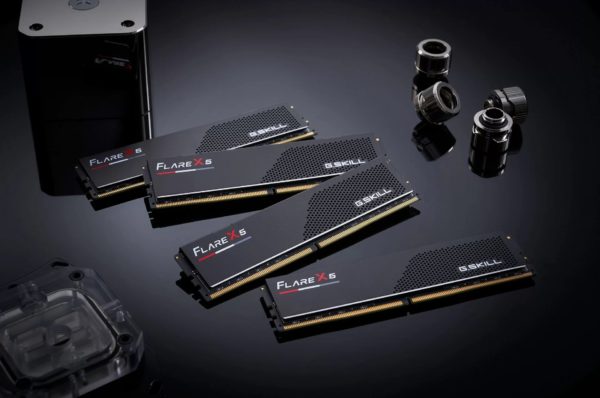
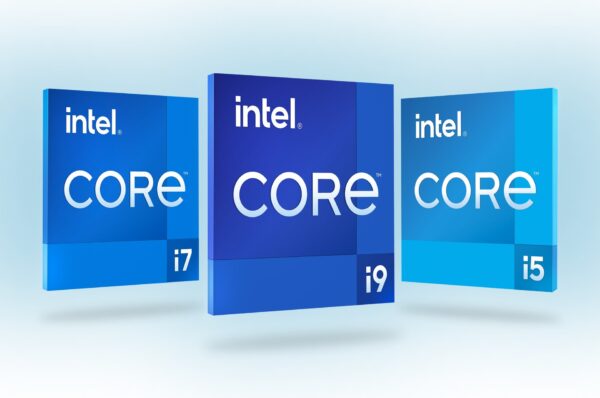
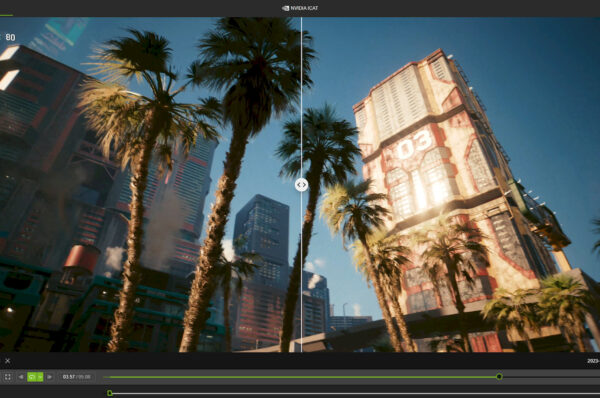
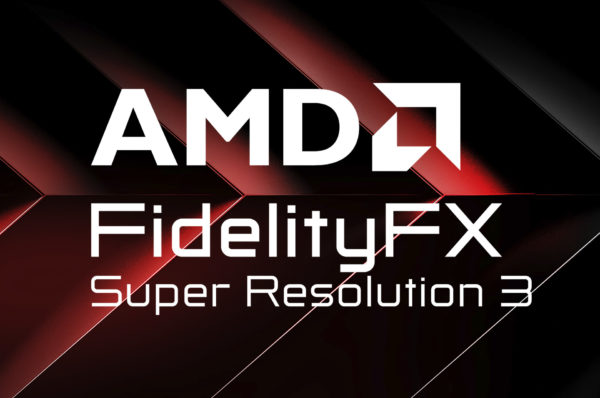
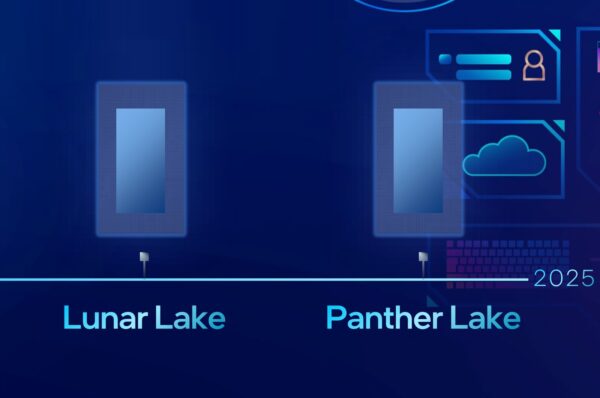
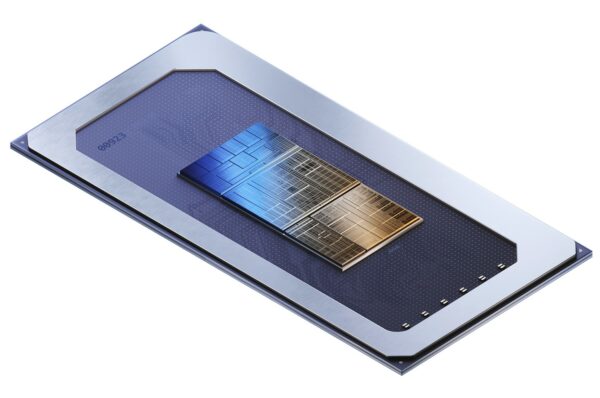
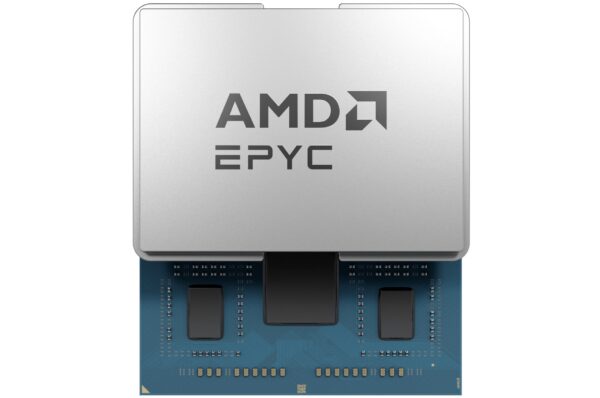
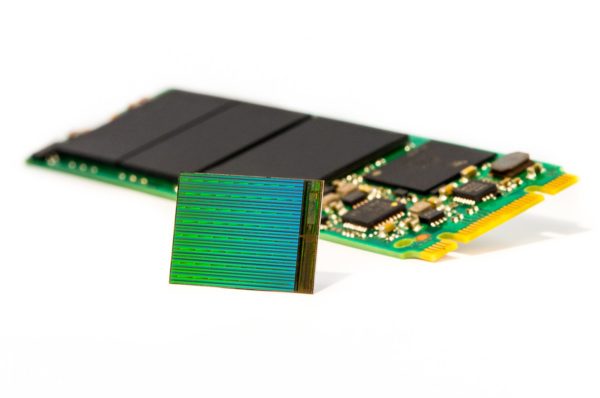
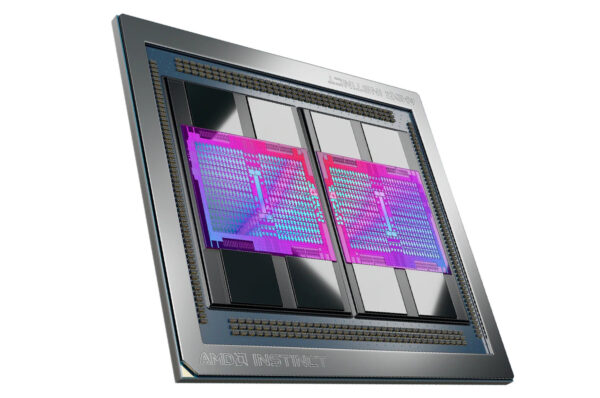



Latest comments